July 2, 2014
Board Blog: What’s New in UHD and 4K
Last Updated on July 2, 2014 by askcbiorg

Hello I’m Herbert Jay Dunmore, Vice President of College Broadcasters, Inc.
[fusion_builder_container hundred_percent=”yes” overflow=”visible”][fusion_builder_row][fusion_builder_column type=”1_1″ background_position=”left top” background_color=”” border_size=”” border_color=”” border_style=”solid” spacing=”yes” background_image=”” background_repeat=”no-repeat” padding=”” margin_top=”0px” margin_bottom=”0px” class=”” id=”” animation_type=”” animation_speed=”0.3″ animation_direction=”left” hide_on_mobile=”no” center_content=”no” min_height=”none”]

Herbert Jay Dunmore CBI Vice President
We’ve reached the season of summer, my favorite time of year. During this time, I love to vacation and pursue my passion of photography. This summer is unique because its also my first summer that I will be recording motion picture in Ultra High Deifinition (UHD)/4K.
As most of you may already know, 4K is the “buzzterm” and new television display standard that is being implemented in the broadcast and independent film world. For those of you that aren’t yet familiar with 4K, in a nutshell, 4K is 4096 x 2160 pixels, or four times the resolution/picture quality that you will find on your current HDTV screen. There are other technical factors that play a part in resolution, so don’t go thinking that your current HD equipment will need to be replaced soon. We’ve encountered this same transition to new technology first with the implementation of digital video in the late 90s, followed by the transition to high definition in the early millennium.
In the present day, close to 70 percent of people have high definition televisions in their households. It will be another eight to ten years before we begin to see 4K embraced on a larger consumer/home viewer level. It is anticipated that by the year 2025, 4K will be embraced and utilized in around 40 percent of homes for viewing on the broadcast level. In the realm of over-the-top and on-demand content, Netflix requires all submission in 4K resolution. Cable providers are pursuing the path to providing on demand 4K programming at an accelerated pace as well.
As a lover of technology in all things broadcast and engineering, I embraced 4K and have implemented it in some productions. As an adviser and educator, I relish the opportunity to provide this learning experience to our future broadcasters at colleges and universities. I realize that many schools and technology specialists are researching the technology and transition as well.
Here are a few questions and discussions that I have received and/or have come up in conversation with fellow educators, aficionados and practitioners:
1. 4K is not a broadcast format.
The resolution has been accepted as a standard, but is not broadcast over the air as of yet. The likelihood of your video being broadcast on traditional or satellite broadcast will not be taking place for at least another five to eight years. It is however a great for archiving interviews and beauty shots in a picture quality that will have compatibility with future resolutions and variations of 4K.
2. 4K video files take up more space.
In some cases, it will require up to four times the storage requirement to store video. On another hand, much of the video will be compressed, made smaller in size in order to play smoothly on the internet and mobile devices. When working with high-end and high-bitrate broadcast video, quality will definitely require more storage space. In the majority of cases on your lower-end resolution cameras and smartphone cameras, you can get away with video that produces a 4k image but with mediocre quality.
Heres a good link to an iOS app by AJA that gives a good idea of video file sizes: https://itunes.apple.com/us/app/ajadatacalc/id343454572?mt=8.
3. 4K will require faster computers and connection
I won’t dive into the world of computing here, but will say this. Your Firewire and USB are nice, but will slowly begin to show its age when you’re doing multi-camera editing, animation and video conversion of your 4K event footage. Use of newer transfer mediums such as USB 3.0 and Thunderbolt multiplies data transfer speeds by 10. This makes for smoother video playback and allows room future additions that will further increase flexibility in production.
4. What size screen will be optimal for HD viewing?
Just as a 42 inch screen or better is needed to truly appreciate the resolution and picture quality of 1080p video, you would need to have at least a 55 inch television screen to begin to appreciate the resolution of the image. At smaller screen sizes, manufactures will have a hard time fitting all of those pixels in such a way that the image will provide a sharper image than traditional HD.
As we transition into this 4K and the workflow/best practices associated with the technology, it will be an exciting time. I am looking forward to the Seattle 2014 conference, where topics such as 4K and other TV broadcast related technology and tips will be covered. This year’s conference is poised to be one of the best and most exciting yet.
4K Cameras:
Blackmagic 4K camera
AJA Scion
Canon C500
Panasonic Lumix GH4
Sony PZ100[/fusion_builder_column][/fusion_builder_row][/fusion_builder_container]





